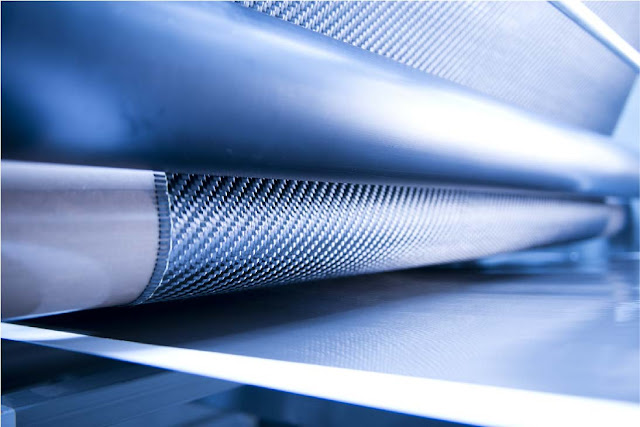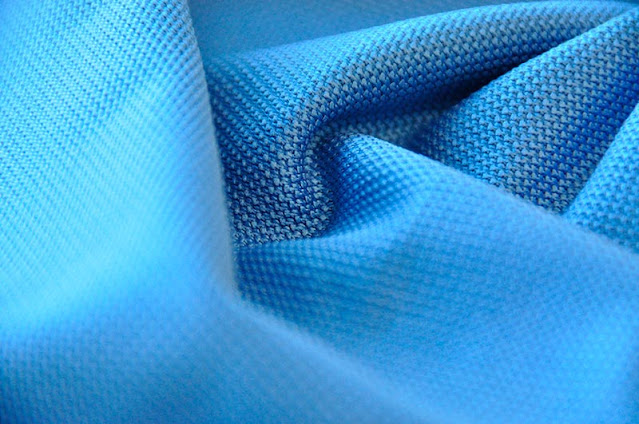Printed Electronics Allow For A Large Number Of Devices In A Small Footprint
 |
| Printed Electronics |
Printed Electronics are becoming increasingly common and widely used in a wide range of applications across multiple industries. While they are not yet replacing conventional circuit boards and other devices, printed flexible electronics are bringing new forms of functionality to products by making them lighter, cheaper and more pliable. They are being incorporated into plastic film, paper, fabric, metals and 3D printed objects, providing new opportunities for electronic device designers and developers to create unique product solutions that can address the needs of a range of different markets.
Printed
Electronics are also enabling new applications in
healthcare and the building sector. Flexible thin-film electronic skin patches
are being developed that can be rolled up and slipped into pockets for remote
and continuous patient monitoring and medication adherence. Indoor OPV solar
cells that can be integrated into building materials and retrofitted to
existing structures are another emerging application.
Using low cost printing methods like
inkjet, screen and flexography, electrical components and circuits can be made
on unconventional substrates such as plastic, paper or textiles. Conductive
layers of conductive ink or foil are printed onto the surface of these
materials. This enables a range of smart product innovations, from membrane
switches, flexible circuits and force sensors to heating elements, EMI
shielding and medical biosensors.
A key challenge in Printed Electronics is the design of the conductive patterns that
are printed on the surfaces. The size and pattern of the conductive ink lines
will have a significant impact on the performance of the printed electronic
device, such as its resistance, power draw, flexibility and sensitivity. The
shape and geometry of the printed lines also impacts how well the material
bonds with the surrounding surface, whether it is a non-conductive material
such as a plastic or paper, or a conductive substrate such as gold, silver,
carbon or graphene.
Scientists
at Queen’s University, Belfast invented a tiny indicator that changes color in
case of early signs of infection in a patient’s wound. This indicator detects
the initiation of an infection without making any contact with it.



Comments
Post a Comment